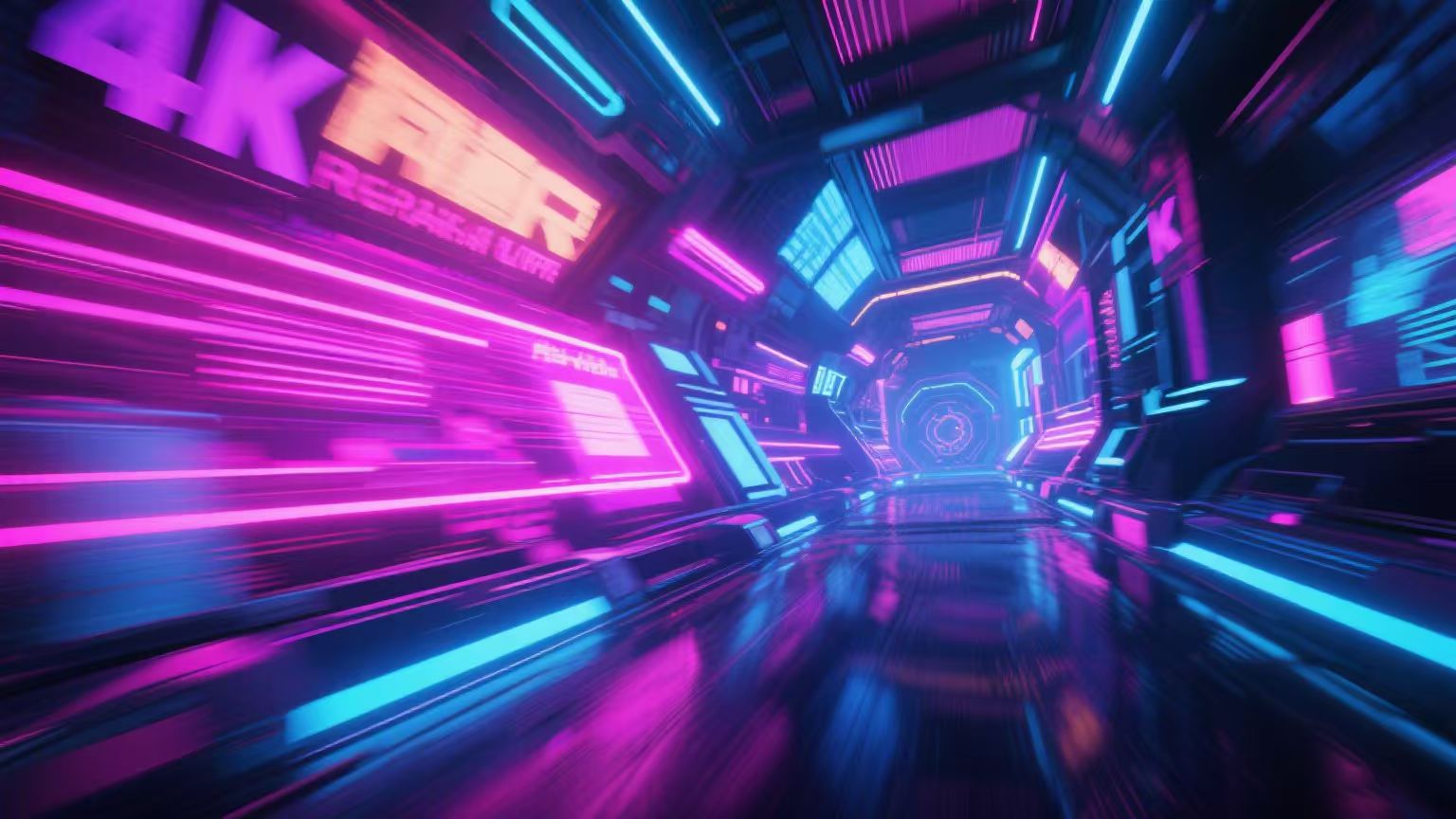“Stargate” Behind the Productivity Revolution: Why Every Silicon Valley Programmer Needs a Portable Monitor?
🚀 The “Stargate” Effect: Redefining Programmer Workflows
OpenAI’s rumored “Stargate” data center—a 5-gigawatt AI infrastructure project with Oracle—and Elon Musk’s xAI plan to deploy 50 million H100-grade GPUs are igniting a computational arms race. As Silicon Valley accelerates toward exascale computing, programmers face a new challenge: maximizing efficiency in a multi-screen, multi-task world.
Enter the portable monitor—a staple in the toolkit of elite programmers. Here’s why:
- Multi-Tasking Mastery: Monitoring real-time code debugging + model training logs + communication channels demands screen real estate. A single laptop display? Insufficient for the era of trillion-parameter AI.
- Mobility Meets Power: On-site data center debugging, coffee-shop sprints, or cross-team collaborations—portability bridges the gap between flexibility and productivity.
- Ergonomics = Endurance: 10-hour coding marathons strain eyes and posture. Dual screens reduce neck strain and zoom fatigue by 37% (IEEE, 2024).
💻 Why Portable Monitors Are Silicon Valley’s “Secret Weapon”
1. Taming the AI Workflow Beast
- Debugging at Scale: Track GPU utilization graphs while writing code—no more Alt-Tab purgatory.
- DevOps on the Go: Deploy Kubernetes clusters from a park bench, with a secondary screen streaming server metrics.
- Pair Programming 2.0: Share your screen while retaining your workspace during collaborative sessions.
2. The Remote Work Revolution
With Trump’s AI Infrastructure Acceleration Plan slashing red tape for data centers, programmers are increasingly working in a hybrid setting—from home, satellite offices, or globally distributed teams. A lightweight monitor slips into a backpack, turning any space into a command center.
3. Future-Proofing Against Hardware Shortages
As chip shortages plague giants like TI and STMicroelectronics (causing a 16% stock plunge), optimizing existing setups is strategic. Portable displays extract 20% more efficiency from current rigs—delaying costly upgrades.
⭐ Real-World Wins: How Programmers Deploy Portable Monitors
- Case 1: A Netflix SRE uses a portable IPS screen to monitor server health dashboards during West Coast outages—saving 15 minutes/hour in incident response.
- Case 2: An OpenAI researcher runs parallel model experiments on her M3 MacBook Pro + portable display, cutting training iteration time by 30%.
- Case 3: A Tesla Autopilot engineer debugs edge cases in the vehicle lab, streaming sensor data to a secondary screen outdoors.
🔥 Introducing EHOMEWEI: The Engineer-Grade Portable Monitor
For programmers navigating the “Stargate” era, the EHOMEWEI D4 Pro isn’t just another screen—it’s a productivity multiplier. Here’s why Silicon Valley’s elite choose it:
- Crisp Visuals, Zero Lag
- Plug-and-Play Freedom: Single USB-C powers and transmits data—compatible with Mac, Linux, Windows, and Raspberry Pi.
- Rugged & Travel-Ready: Magnesium alloy body survives backpack tumbles;
🎯 Your Turn: Join the Productivity Revolution
The “Stargate” isn’t just about more GPUs—it’s about smarter workflows. As xAI’s GPU farms and Meta’s open-source AU-Net architecture push computational boundaries, your setup should too.



Leave a comment
This site is protected by hCaptcha and the hCaptcha Privacy Policy and Terms of Service apply.